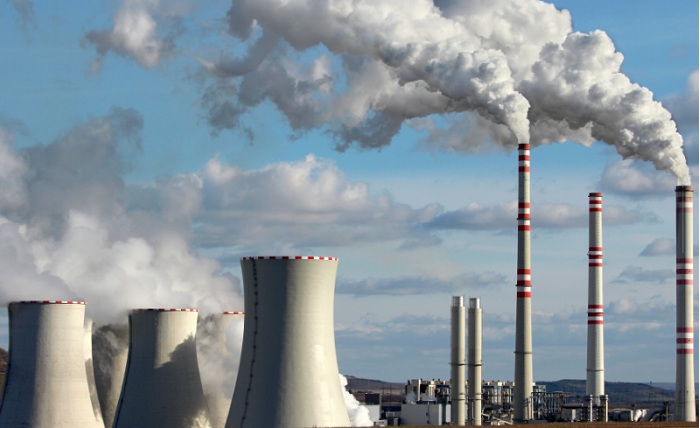The coronavirus (Covid-19) was first identified in China’s Hubei province in December 2019 and has since become a global health threat, impacting 150 countries and triggering the World Health Organisation (WHO) to declare it a global pandemic.
The power sector is one of the affected sectors due to the nationwide lockdown announced in many countries. The lockdown has caused electricity demand to fall as industrial electricity consumption holds a maximum share in most countries’ consumption mix.
Recently, Verdict has conducted a poll to understand what industry observers and participants think about the impact of Covid-19 outbreak on the power sector.
Coal-based generation holds a higher than 40% share in the global electricity generation. With the ongoing Covid-19 outbreak, the decrease in electricity demand has forced several coal plants to operate at lower capacity, reducing the overall generation mix.
Covid-19 impact on power sector: Poll results
According to the survey conducted, 32% of the respondents expect the coal sector to experience a higher impact due to the Covid-19 outbreak.
23% of the respondents expect the gas-based generation to have the second-highest impact followed by nuclear, with 14% of respondents expecting the sector to face the impact of Covid-19 outbreak.
The analysis was based on 363 responses received between March and April 2020 (week 1).
Covid-19 impact on power sector: What leading analytics firm GlobalData says
The coal sector is expected to take the major brunt of the Covid-19 outbreak as electricity demand decreases due to production halts in the major factory and industrial units globally. Under construction and planned coal projects are expected to face challenges in obtaining project approvals.
Already, there is growing activism against the new capacity additions planned on coal due to the concerns on carbon emissions and climate change. Utilities are already taking measures to include more renewable capacity in their energy mix.
Lower electricity demand and cheaper electricity prices are going to have an impact in the gas-based generation as most gas energy generators are set to take a hit in their revenues in 2020.
Certain nuclear facilities have operated marginally at lowe capacity due to remote operations and the challenges due to delayed maintenance work, which is impacting the timely operation of such facilities.
Nuclear power availability in Europe is expected to remain consistent as many countries, including the UK and Germany, have put safety measures in place to guarantee the continuation of operations. However, France, having the largest nuclear fleet, expects the plant availability to fall from the past three-year average.
In the renewable energy sector, major concerns revolve around global supply chains. China, which was the first country to face factory closures, has started production at its facilities, though not at full capacity.
Global solar and wind industries are already witnessing logistical delays. Covid-19 is expected to delay project development and would impact renewable auctions. The most significant near-term impacts on renewable plants that are already contracted or under construction may be felt through supply chains.
Crude oil prices have seen a drastic decline since 2019, decreasing by more than 60%. The oil price collapse has also impacted natural gas prices by one-third compared to the levels a year ago.
The effects of lower oil and gas prices on renewables will be somewhat unclear and complex and will probably differ substantially by market and region. Countries, where policies do not effectively mandate renewable energy, can continue to use oil and gas generation, which will be the cheaper option. Emerging countries, sensitive to energy cost, are likely to opt for cheaper fossil fuels compared to renewables. However, government policies are unlikely to impact long-term renewable growth.
In the existing scenario of Covid-19 outbreak and low fossil prices, GlobalData predicts that the utilities globally will not deviate from their long-term de-carbonisation and sustainable development goals.





































